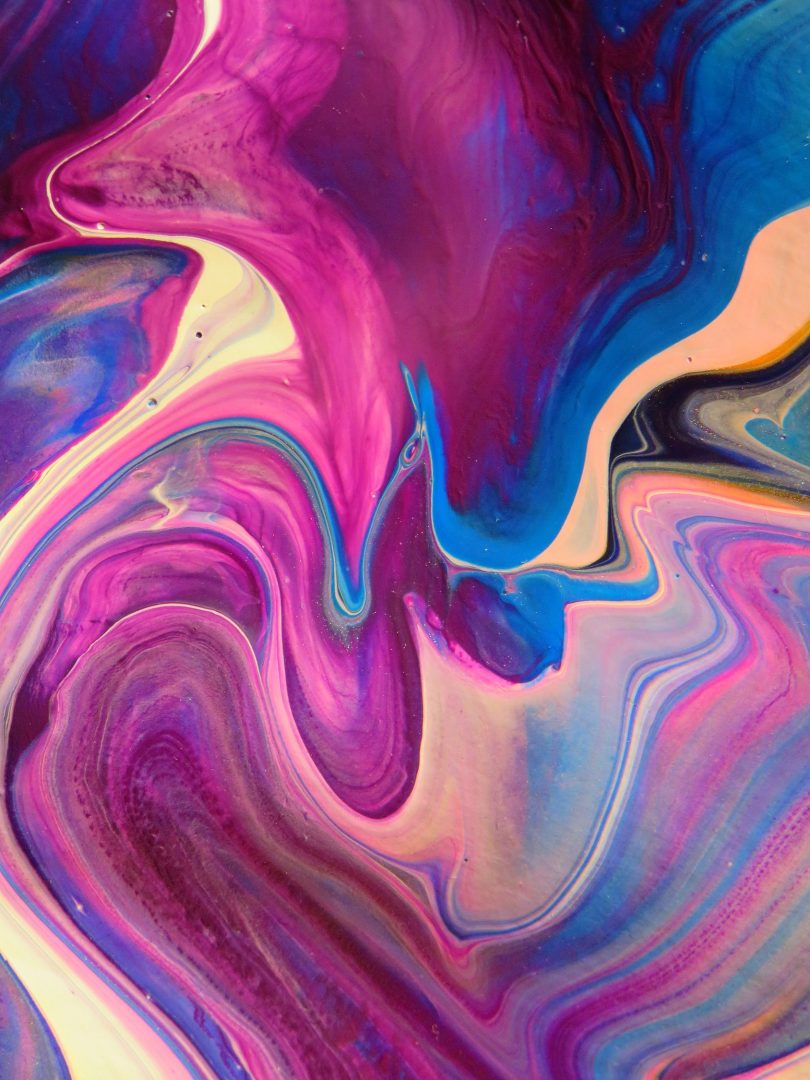Trying to heal substance use disorder (SUD) through psychedelics such as lysergic acid diethylamide (LSD), mescaline, psilocybin, N,N-dimethyltryptamine (DMT), and DMT containing ayahuasca could, on the surface, appear as a countersense. Nevertheless, there is evidence of the beneficial effect of these hallucinogenic substances in helping the treatment of SUD, eliciting a self-transcendent spiritual experience. Integrating existing addiction treatments like cognitive behavioral therapy (CBT), contingency management (CM), and medication-assisted therapies (MAT) with psychedelics could constitute a powerful tool to reach addiction recovery across a variety of substances including tobacco, alcohol, opioids, cocaine, and metamphetamine. [1]
Hallucinogens for SUD treatment have been applied in the last two decades in several pilot studies and independent research centers like Takiwasi, founded in Peru in 1992, to treat drug addictions with shamanic Amazonian ayahuasca rituals performed in controlled environments with a systematic approach.
Classic psychedelics act predominantly on serotonin receptors 5-HT2A, activating them by mimicking the action of serotonin, altering the neuronal behavior and inducing the psychedelic experience. [3]
Anthropological studies about the use of hallucinogenic plants in a ritualistic setting support the role of these substances for the recovery from alcohol use disorders (AUD).
In fact, Bill Wilson, the co-founder of Alcoholics Anonymous (AA), suggested the use of classic psychedelics during the twelve-step facilitation (TSF) program, claiming that psychedelics such as LSD could facilitate the transcendent experience and help in the treatment of SUD. The book of AA, written many years before Bill Wilson tried psychedelics, claims that everyone can have a mystical experience allowing the feeling of connecting with something greater than themselves which can, in turn, lead to sobriety. [3]
The description of those kinds of spiritual awakenings appears similar to those elicited by classic psychedelics, and the use of these substances in controlled and natural settings could help individuals struggling to recover from SUD. Nevertheless, the members of the AA organization believe that the message of Bill Wilson regarding the use of psychedelics to recover from SUD could be too confusing for the participants of AA meetings and they opted instead for the policy of abstinence without pharmacotherapic assistance. [4]
More scientific evidence for the efficacy of hallucinogens to treat addiction to substances in a synergistic way together with psychotherapy and support meetings could facilitate the integration of these valuable substances as MAT in AA/TSF strategies. TSF programs have been described as “spiritual recovery movements” for people seeking a higher power for guidance and in this sense, classic psychedelics appear as compatible and complementary to these programs and could potentially be approved as a regulated medical treatment to facilitate the recovery process.
References:
[1] Garcia-Romeu A, Davis AK, Erowid E, Erowid F, Griffiths RR, Johnson MW. Persisting reductions in cannabis, opioid, and stimulant misuse after naturalistic psychedelic use: An online survey. Front Psychiatry. 2020;10:955. [journal impact factor = 3.532; times cited = 38][2] Canal CE. Serotonergic psychedelics: Experimental approaches for assessing mechanisms of action. Handb Exp Pharmacol. 2018;252:227-260. [journal impact factor = 2.97; times cited = 25]
[3] Anonymous. Alcoholics Anonymous. Hazelden Publishing. 2001.
[4] Yaden DB, Berghella AP, Regier PS, Garcia-Romeu A, Johnson MW, & Hendricks PS. Classic psychedelics in the treatment of substance use disorder: Potential synergies with twelve-step programs. International Journal of Drug Policy. 2021;98:103380. [journal impact factor = 5.009; times cited = 1]
Image: https://www.pexels.com/it-it/foto/pittura-astratta-rosa-e-blu-2860807/








